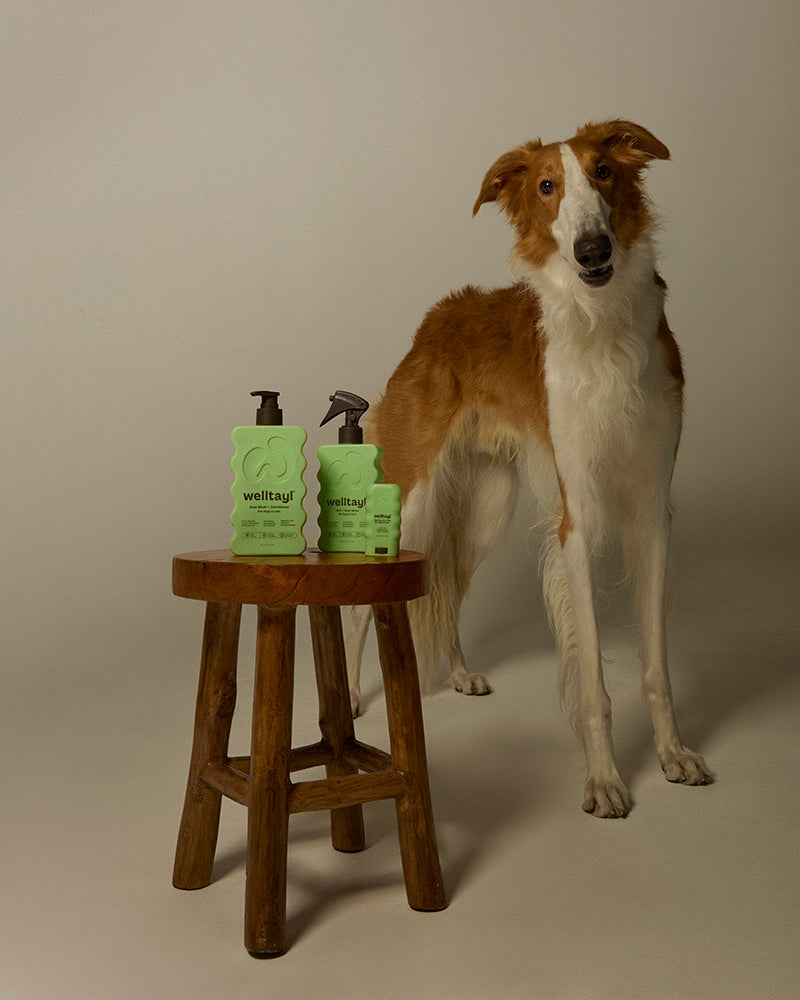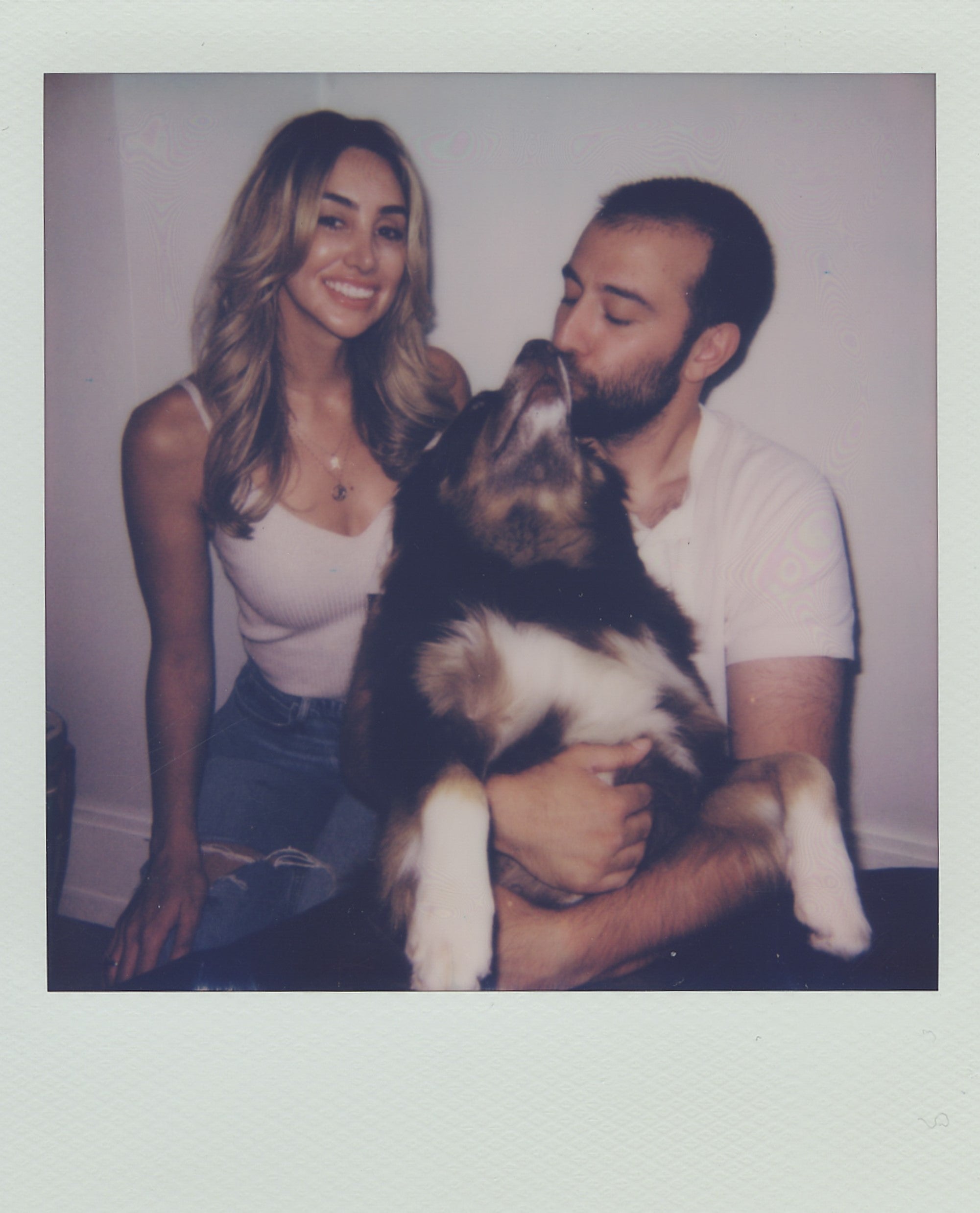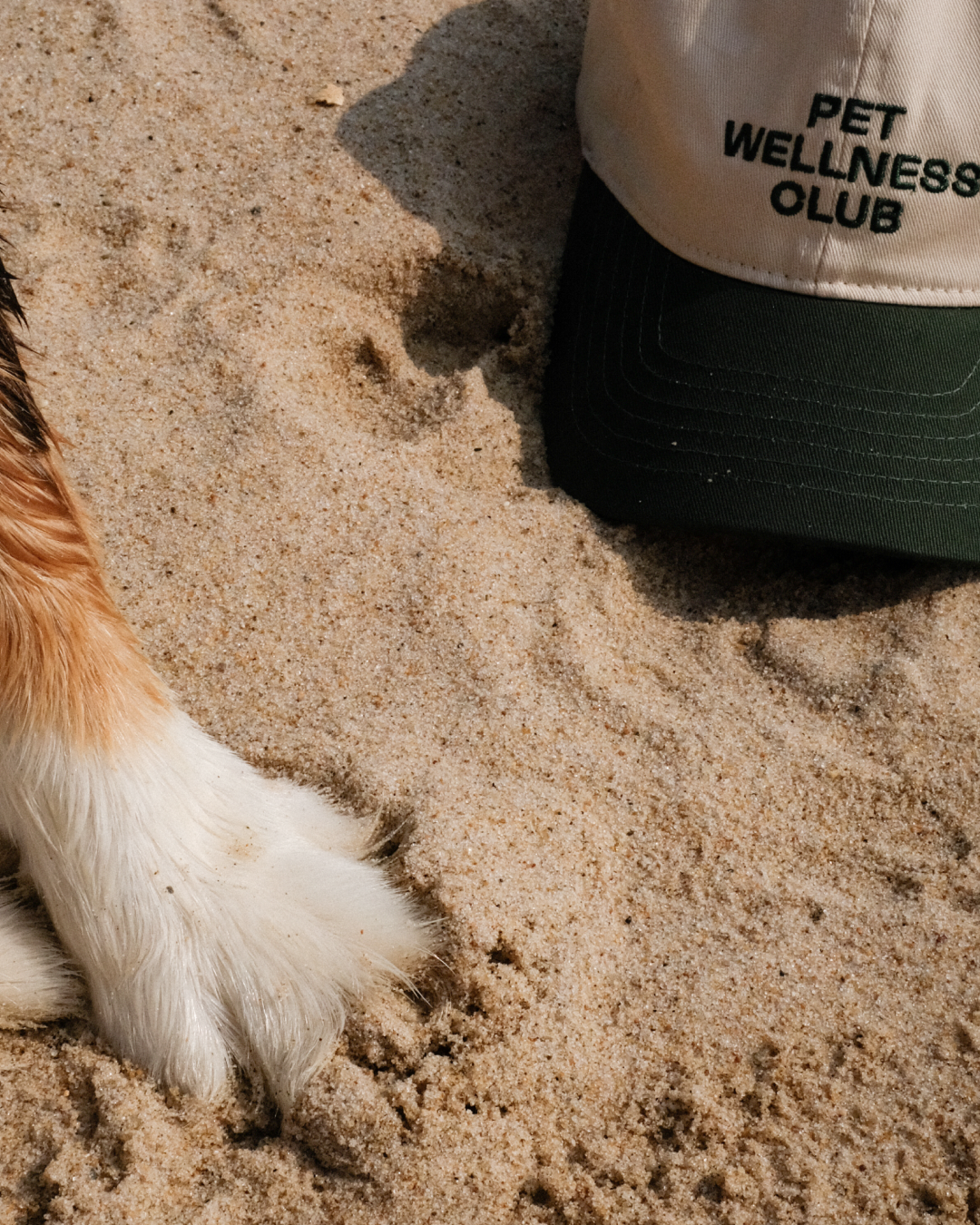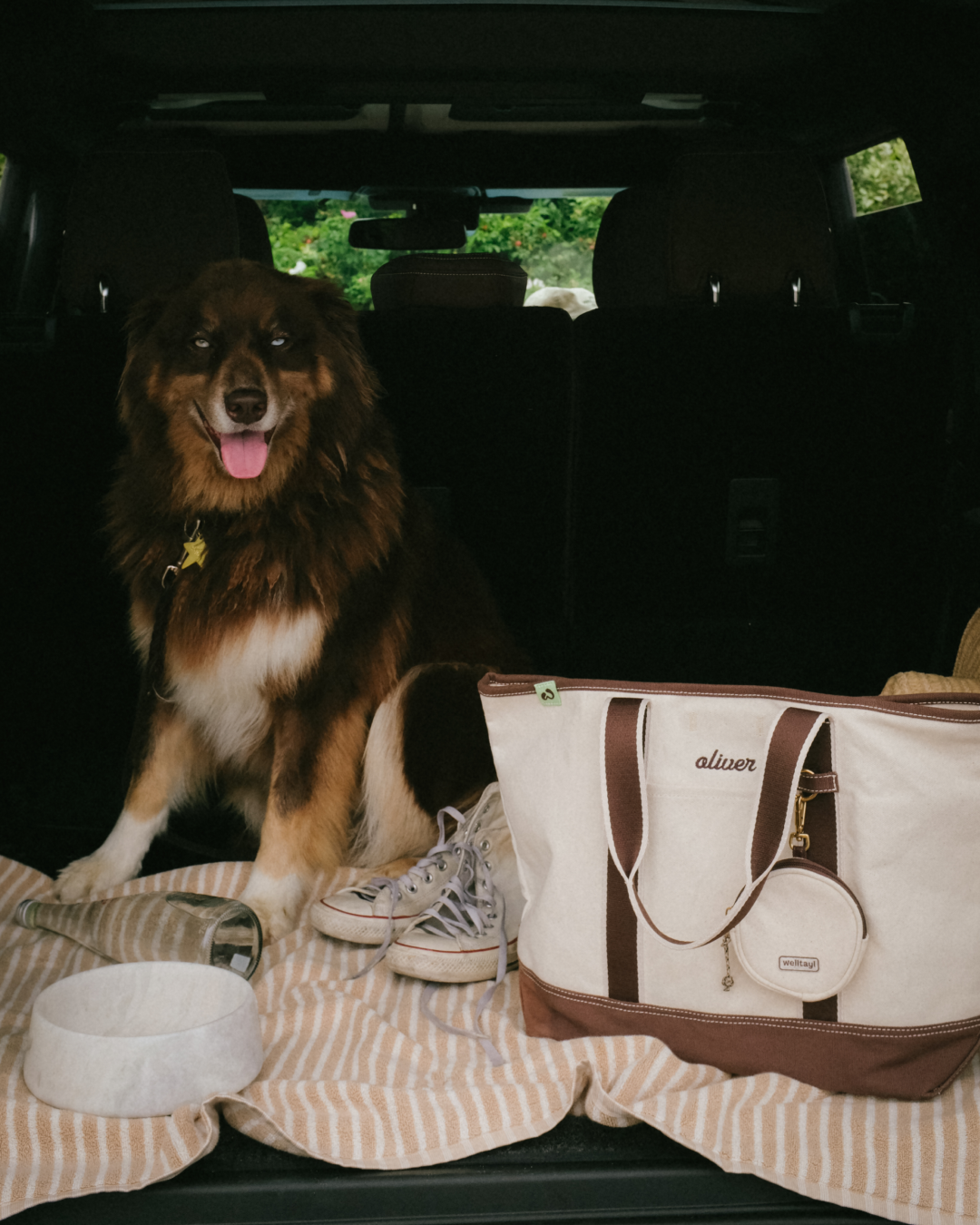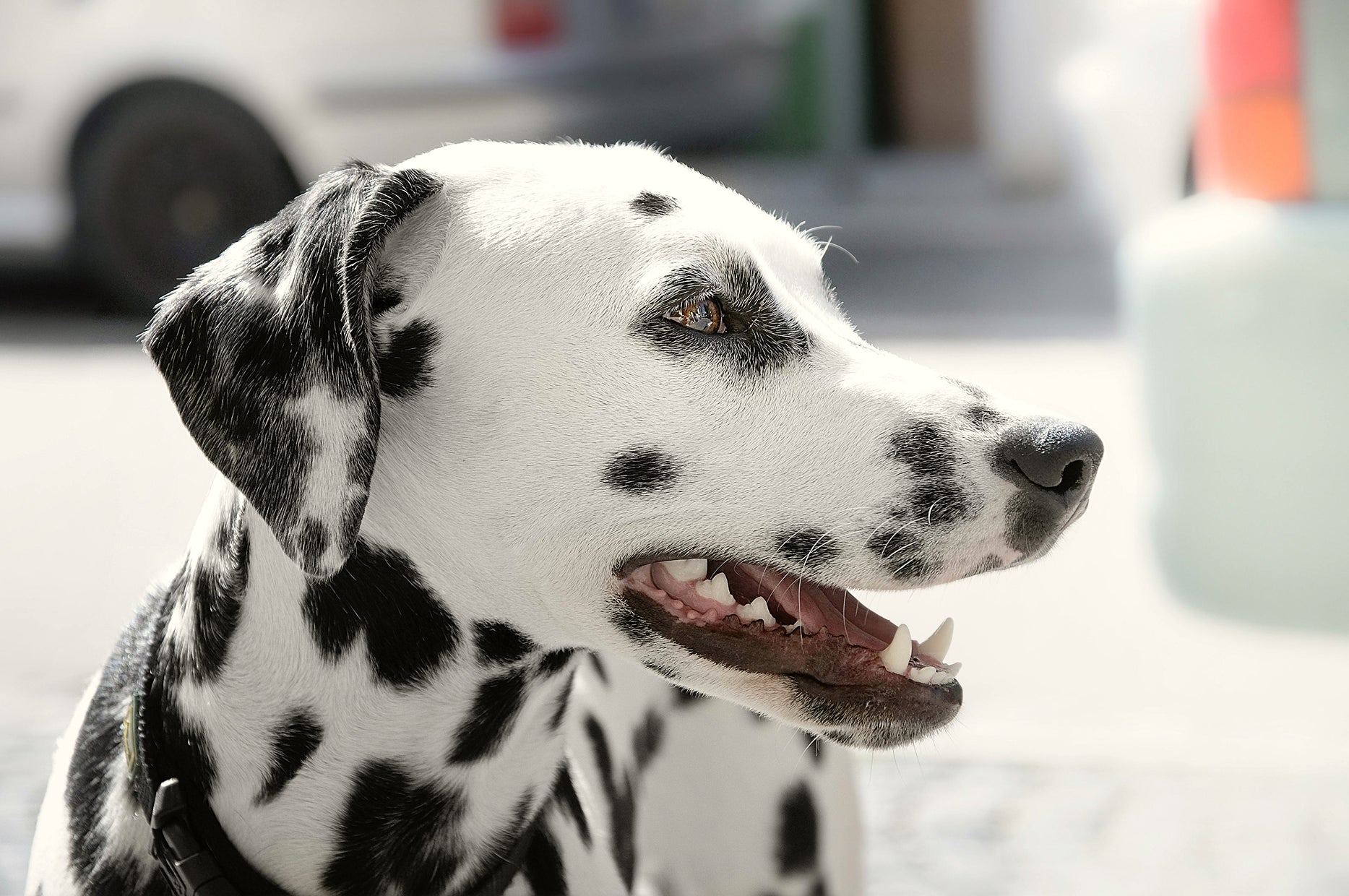Dogs have a special way of talking without using words. They use their whole body - ears, tail, eyes, and even their stance - to show how they’re feeling. But here’s the tricky part: a wagging tail doesn’t always mean they’re happy. Certain motions or behaviors can take place with multiple emotions so looking at the whole picture is important. That’s why understanding a dog’s body language is like learning a new language - it takes practice and keen observation.
Table of Contents:
- Key Takeaways
- Understanding Dog Body Language
- Common Signs And Their Meanings
- Context Matters
- How To Respond To Dog Behavior
- Conclusion
- Frequently Asked Questions
Key Takeaways
-
🐶 Dogs communicate primarily through body language, using cues such as ear position, tail movement, posture, and facial expressions to express their emotions and needs.
-
🐕 A wagging tail doesn't always equate to happiness; context is essential - tail position and movement can indicate emotions like fear, excitement, or unease.
-
👁️ Key signs of a relaxed dog include soft eyes, a loose body, neutral ears, and a tail wagging in a playful manner.
-
❗️ Stress, fear, and anxiety cues include tucked tails, stiff posture, panting, pacing and avoiding eye contact, signaling the need for reassurance and comfort.
-
🐾 Breed, age, and personality significantly impact how dogs display body language, making it crucial to understand your dog’s unique signals.
-
💚 Observing and responding appropriately to a dog’s body language fosters better communication, enhances your bond, and ensures their safety in various situations.
Understanding Dog Body Language
Dogs communicate with their entire body, not just their barking or wagging tails. To fully understand what your dog is trying to tell you, focus on their posture, ear movements, tail position, and facial expression. For example, a relaxed dog might have a loose body and soft eyes. In contrast, a nervous dog might keep its tail low and tucked, tense its body, or avoid eye contact.
Tail movements can mean different things based on context. A high, loose wag often signals happiness, while a low, fast wag could indicate anxiety or fear. Ears are another key indicator; ears in a neutral position often reflect comfort, whereas pinned-back or overly alert ears might suggest stress or insecurity.
Paying attention to the whole body is essential when interpreting your dog's emotions. A dog crouched with its rear up and tail wagging might be inviting you to play, while raised hackles or a stiff posture signal unease. Observing your dog's unique patterns helps deepen your bond and enhances communication.
Common Signs And Their Meanings
Understanding your dog's body language helps you build a stronger bond and ensures their well-being. Dogs express themselves through unique signals that reveal their emotions and needs. This section breaks down these signals to help you interpret what emotion your dog is trying to communicate.
Relaxed And Friendly Signals
When your dog feels happy and comfortable, their body language is relaxed. You may notice features like:
-
Ears relaxed: Reflects calmness and approachability. For example, during cuddles or playtime.
-
Tail wagging in a circle: Shows excitement or joy, like when you return home after being away.
-
Open mouth with a relaxed face: Indicates contentment, often paired with a wagging tail.
-
Loose posture: A body free of tension, with exaggerated movements, signals comfort.
A happy dog will often display these relaxed signals, showing they feel safe, comfortable, and content in their environment.

Signs Of Stress Or Anxiety
Stress or anxiety can appear in subtle or noticeable ways. Signals include:
-
Panting: Occurs without exertion, often in stressful environments like the vet clinic.
-
Twitching whiskers: Caused by tension in the face when your dog is uneasy.
-
Shaking: Releases tension, seen when a pet is anxious.
-
Lack of focus: Difficulty responding to commands
Dogs may also use signals such as yawning, lip licking, or turning their head away, to defuse stressful situations or communicate discomfort to humans and other dogs. Watching for these behaviors in unfamiliar or busy locations can help you offer comfort or remove your dog from overwhelming situations.
Indications Of Fear Or Discomfort
When scared or uneasy, dogs may exhibit clear signs like these:
-
Ears held back or flattened against head: Shown when feeling nervous or threatened, like during thunderstorms or when a stranger approaches.
-
Averting eyes: A signal of submission or uneasiness in social situations.
-
Tucking tail: Communicates fear, common when approached by something they find intimidating.
-
Turning head or body away: Often seen if they're uncomfortable and prefer space.
Recognizing these cues allows you to provide reassurance and avoid escalating fear. These gestures are also known as appeasement behaviors, which dogs use to show they pose no threat and want to avoid conflict.

Aggressive Or Defensive Cues
Aggression or defensiveness appears when dogs feel provoked or threatened. Key signs include:
-
Growling or snarling: A verbal warning paired with a tense stance or bared teeth.
-
Piloerection (raised hackles): Hair standing on end over the back, showing high alertness or confrontation.
-
Body stiffness or freezing: Indicates caution, readiness to react, or escalating aggression.
Spot these signs early to create a safe distance or shift your dog's focus to calm them.
Context Matters
A dog’s body language changes based on where they are and what’s happening around them. By paying attention to these changes, you can better understand how they’re feeling and respond in a way that keeps them comfortable and safe.
Environment And Certain Situations
A dog’s surroundings heavily influence their behavior and body language. In new or noisy environments, you may see signs of stress like tucked tails, lowered heads, or pacing. For example, during a visit to the vet, even a usually relaxed dog might avoid eye contact or hold their ears back because they feel uneasy. Alternatively, in a familiar, calm place like your living room, the same dog could show relaxation with soft eyes, a wagging tail, and a loose body posture.
When meeting unfamiliar people or other dogs, dogs can display discomfort by turning their body away, crouching low to the ground, or licking their lips. Watching for these signals helps you step in to avoid an overwhelming situation that could escalate to fear or aggression.
Breed, Age, And Personality Variations
Dogs don’t all communicate the same way. Breed-specific traits influence their body language. For example, a Labrador’s wagging tail might be easier to read than a Great Pyrenees’ subtle movements. Breeds with floppy ears, like hounds, may find it harder to signal emotions as clearly as those with upright ears.
Age impacts communication too. Puppies often exaggerate their behaviors, like wagging their tails or crouching in play bows, to invite interaction. Older dogs, especially those with mobility issues, might rely on subtle cues to express how they’re feeling.
Want to learn more about understanding your dog and improving the way you connect? Sign up for the Welltayl newsletter! You'll get expert tips on decoding your dog’s communication and insights into their behavior sent straight to your inbox.

How To Respond To Dog Behavior
Understanding how to respond to your dog's behavior starts with staying calm and attentive to their body language. Acting appropriately based on your pet’s signals can prevent stress and ensure positive interactions.
-
Stay Calm: Presenting a calm demeanor helps avoid escalating your dog's anxiety or fear. For example, if your dog is growling or showing stiff body posture, avoid matching their energy. Take a moment, be still, and lower your voice when speaking.
-
Avoid Direct Stares: Allowing your dog space to approach you helps build trust, especially if they are showing discomfort like pinned-back ears or a tucked tail. Avert your eyes slightly to ease their tension.
-
Use Gentle Movements: Quick or sudden actions can startle a dog displaying nervous behaviors, such as lip licking or shaking. When reaching out, move your hand slowly and avoid towering over them.
-
Monitor Their Signals: Always observe changes in body language. If your dog transitions from a relaxed state, with a loose body and wagging tail, to tense head positioning or erect hackles, adjust your actions to help them feel safe.
Conclusion
Understanding your dog's body language is key to building a deeper connection and ensuring their well-being. By observing their signals and responding appropriately, you can create a safer, more trusting environment for them.
Every wag, posture, and glance tells a story about how your dog feels. Paying attention to these cues helps you meet their needs and strengthens your bond over time. With practice and patience, you'll become more attuned to their emotions and foster a happier, healthier relationship.
Stay Updated with More Pet Knowledge!
For more dog info and knowledge, consider signing up for the Welltayl newsletter. It's packed with helpful advice tailored for dog owners like you, ensuring your furry friends stay healthy and happy. Sign up today and keep up to date with the latest in dog care.
Frequently Asked Questions
How do dogs communicate through body language?
Dogs use their body to express emotions and intentions. Key cues include ear position, tail movement, body posture, and eye contact.
Does a wagging tail always mean a dog is happy?
No, a wagging tail doesn’t always mean happiness. A high, loose wag often indicates excitement, while a low, rapid wag can signal anxiety or nervousness. Tail position and speed must be considered in context.
Resources:
- "Reading dogs for children’s safety," PubMed
- "Dog facial expressions," PubMed
- "Dog body language," PubMed
- "Dog body part interpretation," PubMed
Read more

Learn why dogs pant, from cooling off to stress to health issues. Discover warning signs and how to help your pet stay comfortable and healthy in this guide.

Discover effective strategies to ease your dog's separation anxiety. Create a happier dog with expert-backed tips. Start improving your dog's well-being today!



